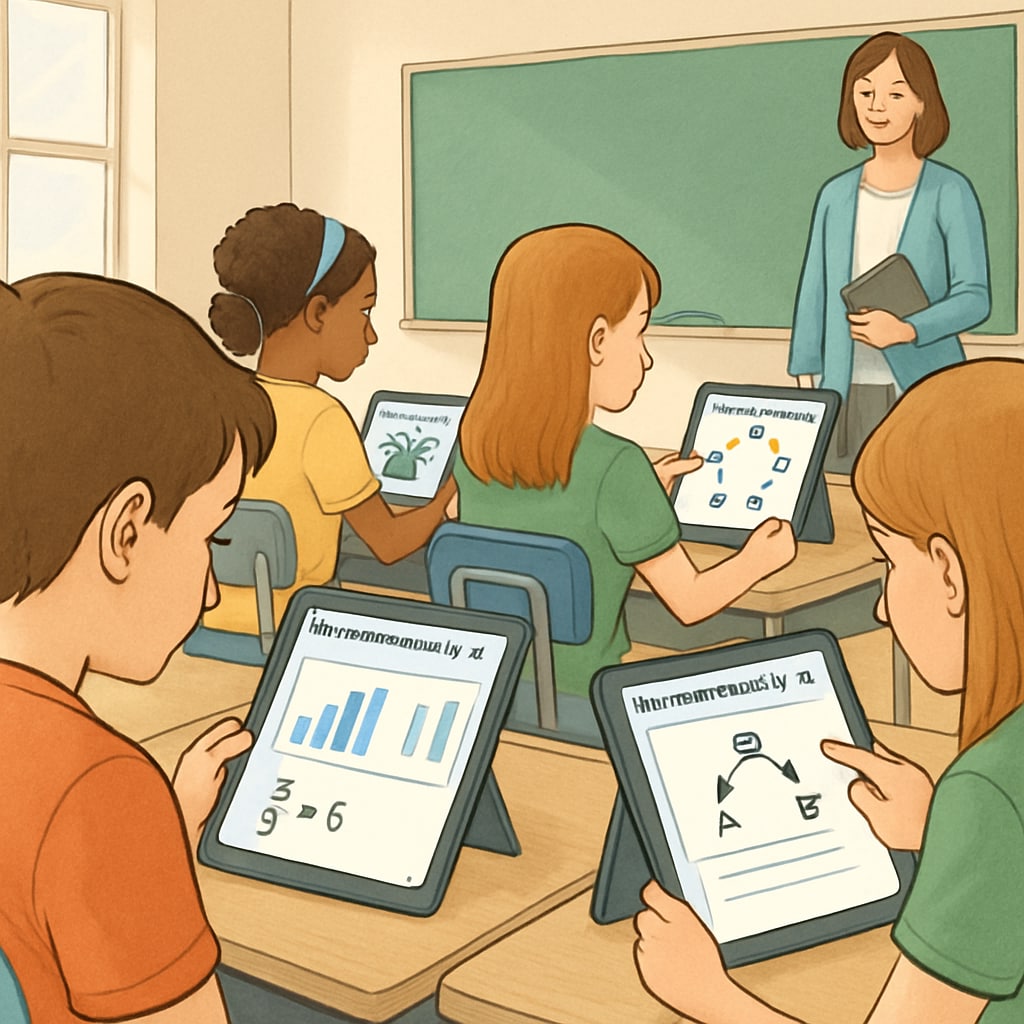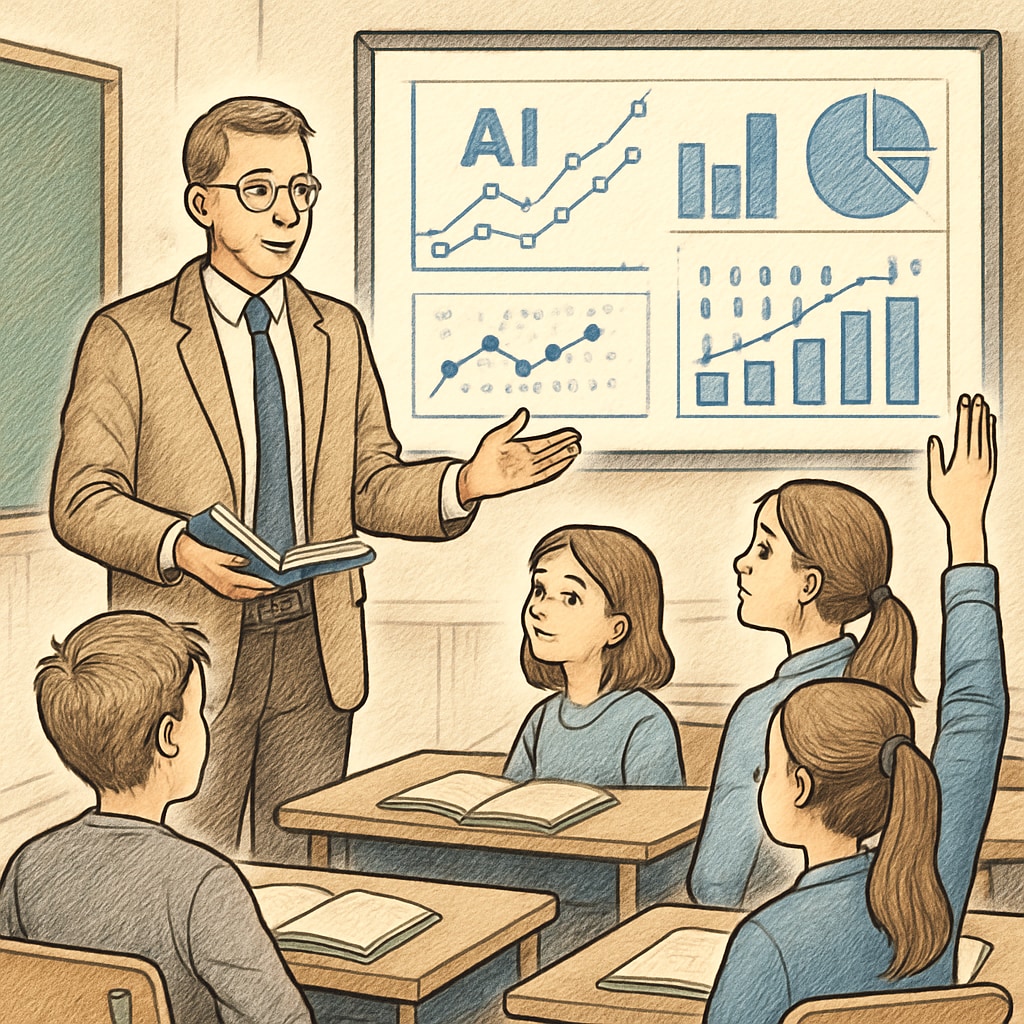Artificial intelligence, education, future impact—these three interconnected elements are driving a profound transformation in the K-12 education landscape. Over the next decade, AI is expected to revolutionize classrooms by enabling personalized learning experiences, redefining the role of educators, and introducing new methods of student assessment. As these changes unfold, teachers, administrators, and policymakers must embrace these developments thoughtfully to ensure positive outcomes for students worldwide.
Personalized Learning: Tailoring Education to Each Student
One of AI’s most significant contributions to K-12 education lies in its ability to facilitate personalized learning. AI-powered platforms can analyze individual student performance, identify strengths and weaknesses, and recommend tailored learning paths. For example, tools like adaptive learning systems dynamically adjust instructional content based on a student’s progress, ensuring that every learner gets the support they need.
Additionally, AI helps address diverse learning styles and paces. Visual learners may benefit from AI-generated interactive diagrams, while auditory learners can engage with AI-driven lectures or audio explanations. This level of customization not only improves academic outcomes but also boosts student engagement and motivation.

Redefining the Role of Educators
As AI becomes more integrated into classrooms, the role of educators is evolving. Teachers are no longer just providers of information; they are becoming facilitators, mentors, and coordinators in an AI-assisted learning environment. AI can handle repetitive tasks such as grading and attendance tracking, freeing up teachers to focus on more meaningful interactions with their students.
Moreover, AI enables teachers to access valuable insights about student performance and behavior. With real-time data analytics, educators can identify at-risk students early and intervene effectively. This shift empowers teachers to dedicate more time to fostering critical thinking, creativity, and collaboration skills—abilities that are essential in the modern world.

Revolutionizing Assessment Methods
Traditional assessments often fail to capture the full spectrum of a student’s abilities. AI is changing this by introducing more accurate and comprehensive evaluation methods. For instance, AI can analyze student writing for grammar, creativity, and coherence, providing detailed feedback that goes beyond simple grades. Additionally, AI-powered tools can assess soft skills such as collaboration and problem-solving through simulations and interactive activities.
Another breakthrough in assessments is the ability to conduct continuous evaluations. Instead of relying solely on end-of-term exams, AI systems track student progress throughout the academic year. This ensures a more holistic view of learning outcomes and reduces exam-related stress for students.
Challenges and Opportunities for Educators
While AI presents vast opportunities, it also comes with challenges. Educators must adapt to new technologies and develop digital literacy to work effectively within AI-enhanced environments. Professional development programs focused on AI integration are crucial to help teachers navigate these changes.
Furthermore, ethical concerns such as data privacy and algorithm bias must be addressed. Schools need to collaborate with AI developers to ensure that systems are transparent, secure, and equitable for all students. By proactively tackling these issues, educators can harness AI’s potential while safeguarding their students’ rights.
Conclusion
Artificial intelligence, education, future impact—these are not just buzzwords but the foundation of a transformative era in K-12 education. AI is poised to make learning more personalized, enhance teacher roles, and revolutionize assessment techniques. However, the success of this transformation lies in the hands of educators, policymakers, and technology developers. By embracing AI thoughtfully and addressing its challenges, the education system can empower students to thrive in a rapidly changing world.
Readability guidance: This article uses short paragraphs, clear headings, and lists to ensure readability. Active voice predominates, with limited passive constructions. Transitions like “however” and “as a result” help guide readers through the content seamlessly.


